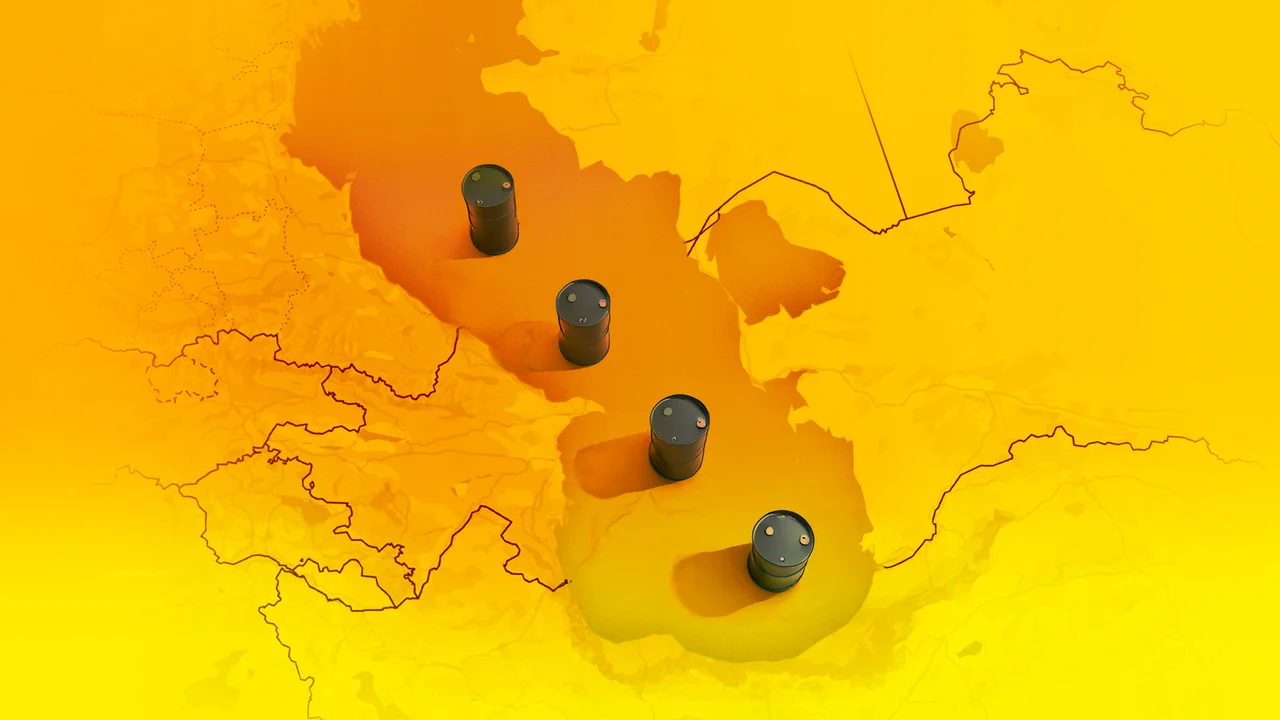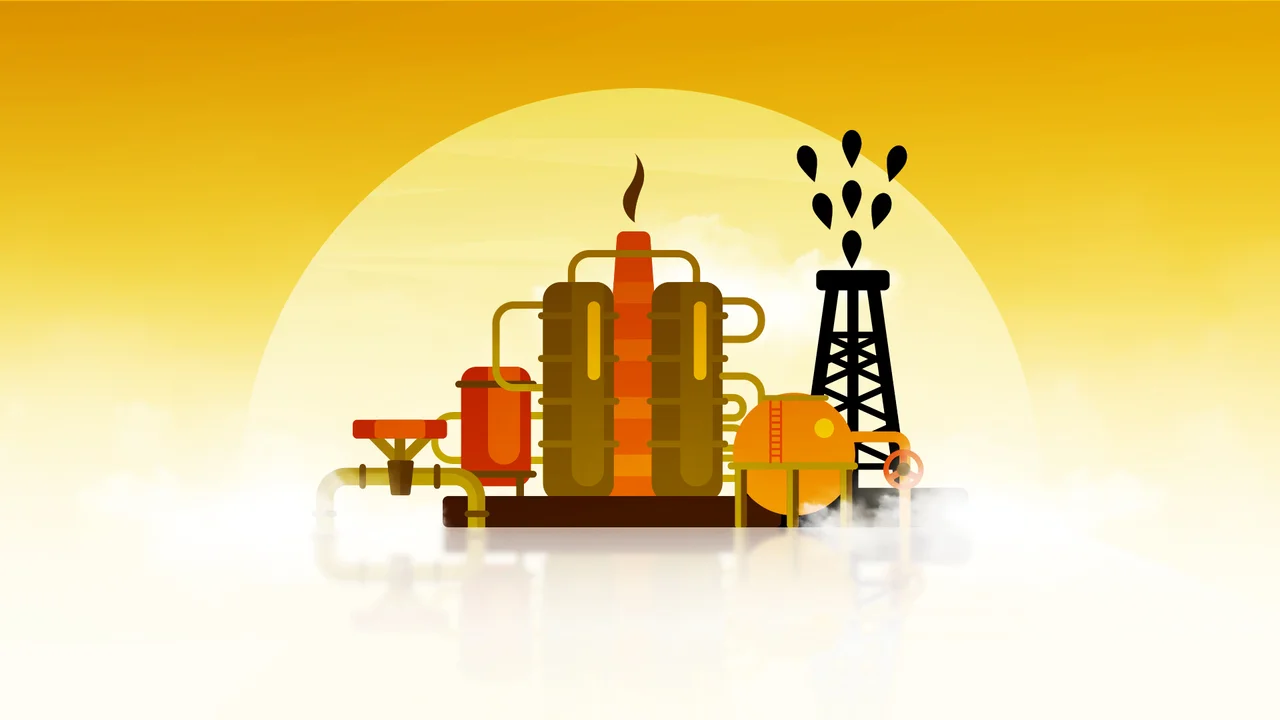Iran’s Petrol Prices Are Not Low Compared to Purchasing Power
The efficiency of the Iranian government’s decades-old policy of domestic transport fuel subsidies has entered national discourse following announcements that the subsidies may be coming to an end. While it is true that the Iranian people have enjoyed access to fuel significantly cheaper than the global average, those savings have been more than offset by their overall poor purchasing power.
It is true that the Iranian government sells transport fuels with large subsidies. For example, the average petrol price in the UK in the month of August 2023 was £1.44 per Litre, which at current exchange rates is around 88,000 Tooman/L. Like many things in Iran, petrol prices are not simple. The government charges 1,500 T/L for the first 60 Litres of petrol and then 3000T/L for the next 150 Litres of petrol in a month. On the face of it, a UK worker may think that petrol prices in Iran are ridiculously cheap, but would the UK worker be happy to get paid £0.64 per hour in exchange for cheap petrol?
To look at the affordability of the petrol, a comparison is needed:
- In the UK, the minimum wage for a worker is £10.42 per hour. A worker can buy 7.25 Litres of petrol with one hour of work.
- In Iran, the minimum wage according to the Labour Ministry is just over 7 Million Tooman per month, which translates to around 38,000 Tooman per hour. As shown in Figure 1, the Iranian worker could buy around 26 Litres of petrol at 1500 T/L and 13 Litres of Petrol at 3000 T/L
Chart link
- However, the British government charges around 55% of tax and duty on petrol prices in the UK. This means that the UK government makes money from fuel sales. To equate things, we see that the ‘Untaxed’ petrol price in the UK is £0.94/L and hence, in true terms, the UK minimum wage could allow the worker to buy 11 Litres of petrol
- In some Iranian news outlets, it has been reported that the government is thinking about increasing the upper price for petrol to 8,000 T/L, which would mean that the Iranian minimum wage could buy less than 5 litres of petrol. If the Iranian government is really determined to increase petrol prices and is willing to make an increase based on purchasing power, then increasing the petrol price to around 3,500 Tooman/L would equate to the true purchasing power of a UK worker
The main argument of the Iranian government is that fuel consumption in Iran is too high because of cheap petrol prices. If the government really wants to improve fuel consumption, it should instead focus on the huge inefficiency of locally manufactured vehicles in Iran. As shown in Figure 2, the average Iranian made car has 40% higher fuel consumption than an average UK car (i.e. 40% lower fuel efficiency). The “Blue Nissan”, which is a locally made pick-up truck, is the backbone of goods transport in Iran. It uses 2.5 times more fuel than an average UK car for every 100 Km. If the Iranian government wants to improve fuel efficiency, it could make Toyota Prius Hybrid cars that are almost 3 times more fuel efficient than Iranian-made cars, and could also save many lives because of better safety features.
Chart link
In summary, the real problem in Iran is not low petrol prices, but the low purchasing power of workers and poorer parts of the society, which the Iranian government is unwilling to address.



